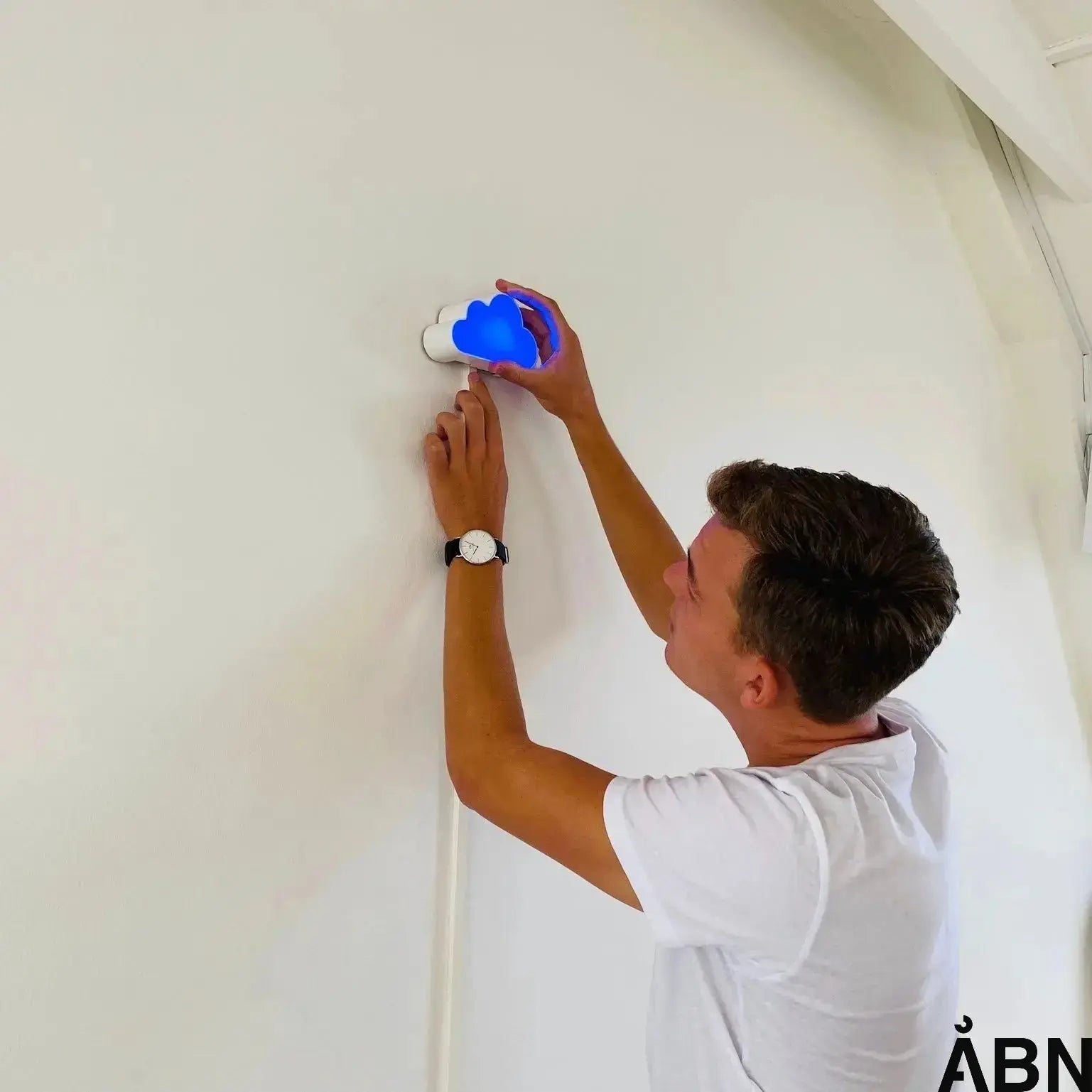It's really starting to get cold, and the temperatures are dropping both indoors and outdoors. However, this does not mean that the ventilation becomes redundant! Here are 10 good tips to keep the focus on ventilation during the winter.
You have read somewhere that it is healthy to ventilate, and therefore do it once in a while, but do you really know why? Indoor climate and ventilation is a good thing, but it is important to understand why before you can start doing something about it.
If you ventilate for too long, the room and walls become cold, which will increase energy consumption for heating afterwards. If you ventilate too little, the air becomes moist and filled with CO2, which also requires more energy to ventilate. There must therefore be a good balance for the ventilation before it makes sense.
1. When must airing be done?
If you find it difficult to ventilate during the day, you can initially do it when you get up and go to bed. Then you make sure that the home is ventilated before you start the day and before you go to sleep.
2. Do it several times – You have many other habits such as swearing
For many, swearing during the day is a "bad" habit. Make venting a habit that might also be fun. Replace the swear box with an open window every time someone says a swear word.
3. Don't make it too long
Make sure that the air is only vented for 5-10 minutes at a time and especially during the winter. The air must be replaced, but the home must not cool down so much that it requires additional energy to heat it up again. ( Danish Energy Agency, 2022 )
4. Just 1 window or door is fine to open – But if you have more, you can create a draft that exchanges the air properly
There are no rules for venting, and all venting is good venting. However, the ventilation goes faster and is more effective if you have the opportunity to create a draft. In this way, you are also sure that the air is replaced.
5. Dust off
In general, make sure you have a clean home. Dust can be a big reason why the indoor climate feels heavy.
6. Air out rooms before putting the children to bed
As mentioned before, it is preferable to have clean air in the home throughout the day. But if you forget it during the day, you can make it a priority to remember to vent just before bed.
7. Leave doors ajar during the night
So into the rooms in the house, and not the doors to the outdoors. As far as possible, make sure not to close the air circulation into a room, as the CO2 level rises a lot and quickly in a room with a sleeping person.
8. Don't let anything dry indoors – and if you do. so vent regularly both during and after
If you have the opportunity to dry the clothes outdoors, in a drying room or in a utility room, we would recommend doing this. Wet clothes give off a lot of moisture, and can quickly make the indoor climate feel heavy, damp and stuffy.
9. Candles are super cozy – and super bad for the indoor climate. Replace them with electric lights
Candles are super cozy - especially during the dark winter. However, they release a lot of particles and soot, and therefore deteriorate the indoor climate quickly. We therefore recommend replacing with an electric candle, or venting regularly when candles are lit.
10. Notice – Light, smell, moisture, stains on the walls?
If you pay attention to the air in your home for 30 seconds, you will quickly be able to sense whether it is very hot/cold/humid/dry etc. Are there stains on the wall or moisture in the windows? Does your head feel heavy during the day and do you quickly become unfocused? All of these things can be caused by a poor indoor climate, which is quickly optimized by good ventilation during the day.
Bonus tip: Educate yourself. Seek out knowledge about the subject if you are in doubt. There are many good sites that have good tips and advice for this particular problem, whether it is at home, at the office or somewhere else. ( SparEnergi, 2022 )
At ÅBN, we would naturally recommend thinking of the indoor climate as a behavioral change. This can be done i.a. do with the CLOUD, which will provide a visualization of the air quality. In general, a CO2 indicator is a good aid, no matter if you are in the office, in the classroom or at home. In this way, you can get an indication of the quality of the air, which is normally invisible.









